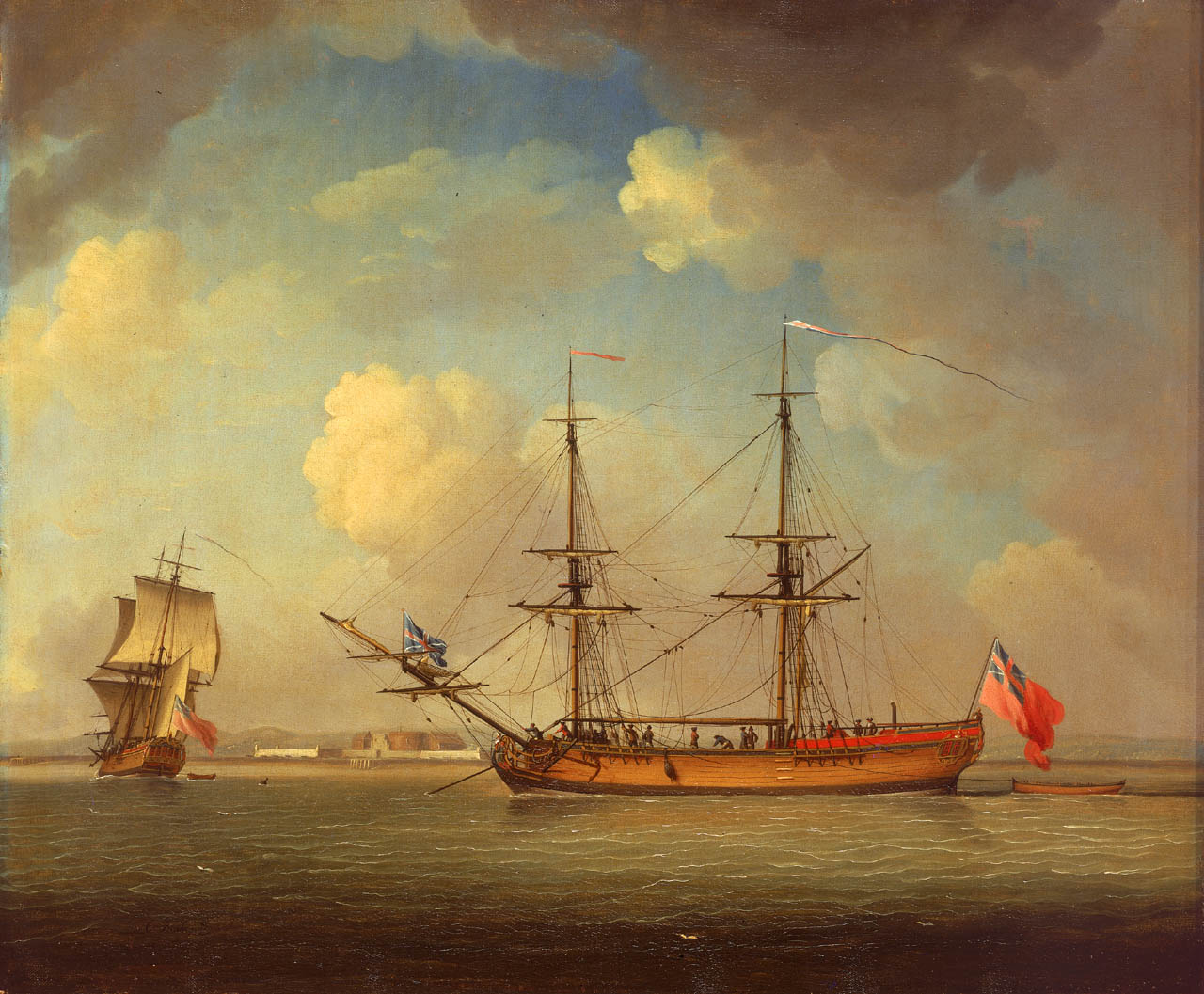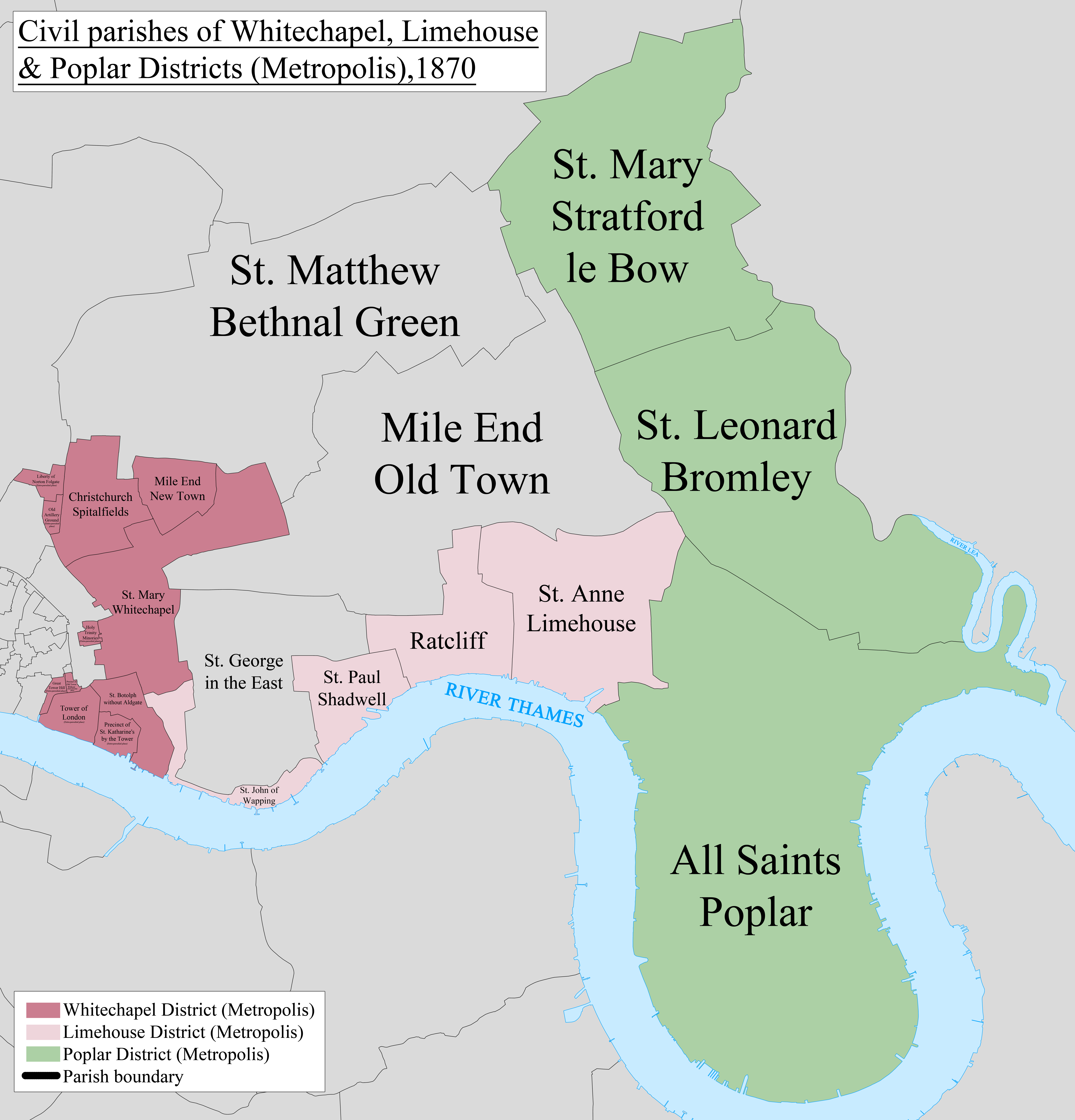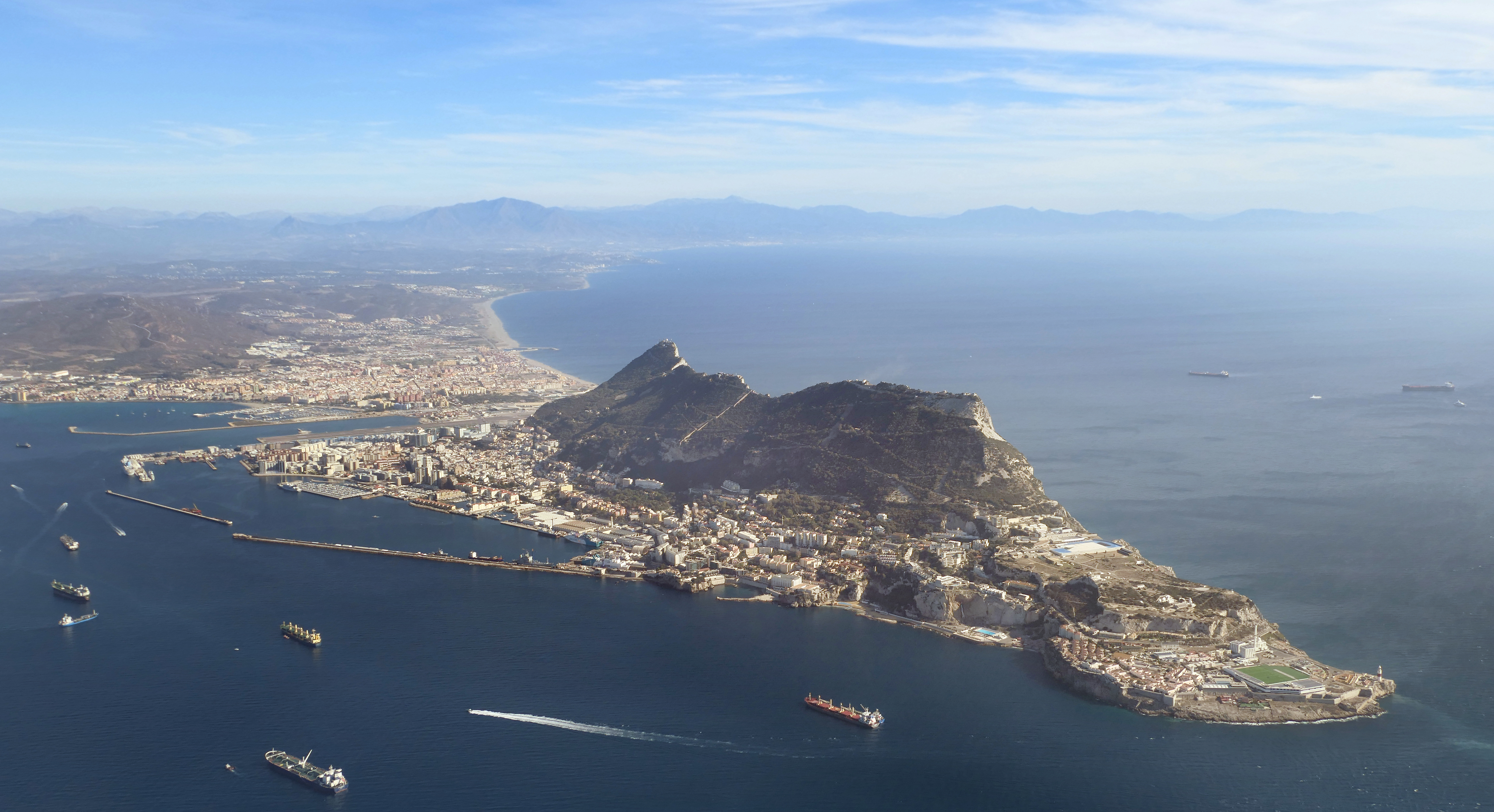|
Drake-class Sloop
The ''Drake'' class was a List of corvette and sloop classes of the Royal Navy, class of three sloop-of-war, sloops of wooden construction built for the Royal Navy during 1741. All were ordered in 1740, and were the first to be built by contract with commercial builders, although they were to a common design prepared by Jacob Allin, the Surveyor of the Navy. They were the first new sloops to be built since the previous batch of eight in 1732 (which had all been built in the Royal Dockyards), but they closely followed the characteristics of their predecessors. Although initially armed with eight 4-pounder guns, this class was built with seven pairs of gunports on the upper deck (each port flanked by two pairs of row-ports), and the two survivors in 1744 had their ordnance increased to ten guns. Vessels References * * McLaughlan, Ian. ''The Sloop of War 1650-1763''. Seaforth Publishing, 2014. . * Winfield, Rif. British Warships in the Age of Sail, ''British Warships in th ... [...More Info...] [...Related Items...] OR: [Wikipedia] [Google] [Baidu] |
Bonetta Group Sloop
The ''Bonetta'' group was a List of corvette and sloop classes of the Royal Navy, batch of eight 200-ton sloop-of-war, sloops of wooden construction built for the Royal Navy during 1732. They followed on two previous sloops - the HMS Grampus (1731), ''Grampus'' and the larger HMS Wolf (1731), ''Wolf'' - built a year earlier. Seven were ordered on 4 May 1732 to a common specification prepared by Jacob Ackworth, Jacob Acworth, the Surveyor of the Navy. An additional vessel – ''Trial'' (which had been ordered on 16 November 1731, but suspended on 7 January 1732) – was re-ordered on 6 July to be built to the same specification. The actual individual design was left up to the Master Shipwright in each Royal Dockyard at which they were built (except for ''Hound'' and ''Trial'', which were built by Deptford's Master Shipwright – Richard Stacey – but were to a design by Jacob Acworth). All the draughts were approved by the Navy Board on 28 June 1732. Although fitted with snow (ship) ... [...More Info...] [...Related Items...] OR: [Wikipedia] [Google] [Baidu] |
Sloop-of-war
In the 18th century and most of the 19th, a sloop-of-war in the Royal Navy was a warship with a single gun deck that carried up to eighteen guns. The rating system covered all vessels with 20 guns and above; thus, the term ''sloop-of-war'' encompassed all the unrated combat vessels, including the very small gun-brigs and cutters. In technical terms, even the more specialised bomb vessels and fireships were classed as sloops-of-war, and in practice these were employed in the sloop role when not carrying out their specialised functions. In World War I and World War II, the Royal Navy reused the term "sloop" for specialised convoy-defence vessels, including the of World War I and the highly successful of World War II, with anti-aircraft and anti-submarine capability. They performed similar duties to the American destroyer escort class ships, and also performed similar duties to the smaller corvettes of the Royal Navy. Rigging A sloop-of-war was quite different from a civilia ... [...More Info...] [...Related Items...] OR: [Wikipedia] [Google] [Baidu] |
Builder's Old Measurement
Builder's Old Measurement (BOM, bm, OM, and o.m.) is the method used in England from approximately 1650 to 1849 for calculating the cargo capacity of a ship. It is a volumetric measurement of cubic capacity. It estimated the tonnage of a ship based on length and maximum beam. It is expressed in "tons burden" ( en-em , burthen , enm , byrthen ), and abbreviated "tons bm". The formula is: : \text = \frac where: * ''Length'' is the length, in feet, from the stem to the sternpost; * '' Beam'' is the maximum beam, in feet. The Builder's Old Measurement formula remained in effect until the advent of steam propulsion. Steamships required a different method of estimating tonnage, because the ratio of length to beam was larger and a significant volume of internal space was used for boilers and machinery. In 1849, the Moorsom System was created in the United Kingdom. The Moorsom system calculates the cargo-carrying capacity in cubic feet, another method of volumetric measurem ... [...More Info...] [...Related Items...] OR: [Wikipedia] [Google] [Baidu] |
Snow (ship)
In sailing, a snow, snaw or snauw is a square-rigged vessel with two masts, complemented by a snow- or trysail-mast stepped immediately abaft (behind) the main mast.Hans Haalmeijer (2009). Pinassen, fluiten en galjassen, the Netherlands: Uitgeverij De Alk B.V. History The word 'snow' comes from 'snauw', which is an old Dutch word for beak, a reference to the characteristic sharp bow of the vessel. The snow evolved from the (three-masted) ship: the mizzen mast of a ship was gradually moved closer towards the mainmast, until the mizzen mast was no longer a separate mast, but was instead made fast at the main mast top. As such, in the 17th century the snow used to be sometimes classified as a three-masted vessel. The snow dates back to the late 17th century and originally had a loose-footed gaff sail; the boom was introduced somewhere in the 18th century. It was a popular type of vessel in the Baltic Sea and was employed by a large number of nations during its time. The snow w ... [...More Info...] [...Related Items...] OR: [Wikipedia] [Google] [Baidu] |
List Of Corvette And Sloop Classes Of The Royal Navy
This is a list of sixth rate, corvette and sloop classes of the Royal Navy. In the Age of Sail ships were divided into six ranks in 1626 to govern pay rates for officers in 1626. Until the 1840s when steam power was being introduced this system was in place, The vessels classed as six rates were used in trade protection and at times could be used as scouts for the fleet (a task normally associated with Fifth rates). The rules governing the classification of Six rates would change until the mid 18th Century when it was formally established based on ship size armament and crew size. In 1626 a sixth rate was categorized as a ship having a crew size of 40 to 50 men. In 1653 the was changed to at least 40 up to a maximum of 79 men. By the end of the 1600s crew size had grown to over 100 men with a flush deck battery of guns firing six pound projectiles. A sixth rate after the Restoration in 1660 would carry up to 24 guns, though 18 to 20 was more of a standard. By the 1750s sixth ... [...More Info...] [...Related Items...] OR: [Wikipedia] [Google] [Baidu] |
Sloop-of-war
In the 18th century and most of the 19th, a sloop-of-war in the Royal Navy was a warship with a single gun deck that carried up to eighteen guns. The rating system covered all vessels with 20 guns and above; thus, the term ''sloop-of-war'' encompassed all the unrated combat vessels, including the very small gun-brigs and cutters. In technical terms, even the more specialised bomb vessels and fireships were classed as sloops-of-war, and in practice these were employed in the sloop role when not carrying out their specialised functions. In World War I and World War II, the Royal Navy reused the term "sloop" for specialised convoy-defence vessels, including the of World War I and the highly successful of World War II, with anti-aircraft and anti-submarine capability. They performed similar duties to the American destroyer escort class ships, and also performed similar duties to the smaller corvettes of the Royal Navy. Rigging A sloop-of-war was quite different from a civilia ... [...More Info...] [...Related Items...] OR: [Wikipedia] [Google] [Baidu] |
Royal Navy
The Royal Navy (RN) is the United Kingdom's naval warfare force. Although warships were used by Kingdom of England, English and Kingdom of Scotland, Scottish kings from the early medieval period, the first major maritime engagements were fought in the Hundred Years' War against Kingdom of France, France. The modern Royal Navy traces its origins to the early 16th century; the oldest of the British Armed Forces, UK's armed services, it is consequently known as the Senior Service. From the middle decades of the 17th century, and through the 18th century, the Royal Navy vied with the Dutch Navy and later with the French Navy for maritime supremacy. From the mid 18th century, it was the world's most powerful navy until the World War II, Second World War. The Royal Navy played a key part in establishing and defending the British Empire, and four Imperial fortress colonies and a string of imperial bases and coaling stations secured the Royal Navy's ability to assert naval superiority ... [...More Info...] [...Related Items...] OR: [Wikipedia] [Google] [Baidu] |
Surveyor Of The Navy
The Surveyor of the Navy also known as Department of the Surveyor of the Navy and originally known as Surveyor and Rigger of the Navy was a former principal commissioner and member of both the Navy Board from the inauguration of that body in 1546 until its abolition in 1832 and then a member Board of Admiralty from 1848-1859. In 1860 the office was renamed ''Controller of The Navy'' until 1869 when the office was merged with that of the Third Naval Lord's the post holder held overall responsibility for the design of British warships. History The office was established in 1546 under Henry VIII of England when the post holder was styled as ''Surveyor and Rigger of the Navy'' until 1611. Although until 1745 the actual design work for warships built at each Royal Dockyard was primarily the responsibility of the individual Master Shipwright at that Royal Dockyard. For vessels built by commercial contract (limited to wartime periods, when the Royal Dockyards could not cope with th ... [...More Info...] [...Related Items...] OR: [Wikipedia] [Google] [Baidu] |
Wapping
Wapping () is a district in East London in the London Borough of Tower Hamlets. Wapping's position, on the north bank of the River Thames, has given it a strong maritime character, which it retains through its riverside public houses and steps, such as the Prospect of Whitby and Wapping Stairs. It also has a Royal Navy shore establishment base on the riverfront called HMS President and home to Tobacco Dock and King Edward Memorial Park. Many of the original buildings were demolished during the construction of the London Docks and Wapping was further seriously damaged during the Blitz. As the London Docklands declined after the Second World War, the area became run down, with the great warehouses left empty. The area's fortunes were transformed during the 1980s by the London Docklands Development Corporation when the warehouses started to be converted into luxury flats. Rupert Murdoch moved his News International printing and publishing works into Wapping in 1986, resultin ... [...More Info...] [...Related Items...] OR: [Wikipedia] [Google] [Baidu] |
Gibraltar
) , anthem = " God Save the King" , song = " Gibraltar Anthem" , image_map = Gibraltar location in Europe.svg , map_alt = Location of Gibraltar in Europe , map_caption = United Kingdom shown in pale green , mapsize = , image_map2 = Gibraltar map-en-edit2.svg , map_alt2 = Map of Gibraltar , map_caption2 = Map of Gibraltar , mapsize2 = , subdivision_type = Sovereign state , subdivision_name = , established_title = British capture , established_date = 4 August 1704 , established_title2 = , established_date2 = 11 April 1713 , established_title3 = National Day , established_date3 = 10 September 1967 , established_title4 = Accession to EEC , established_date4 = 1 January 1973 , established_title5 = Withdrawal from the EU , established_date5 = 31 January 2020 , official_languages = English , languages_type = Spoken languages , languages = , capital = Westside, Gibraltar (de facto) , coordinates = , largest_settlement_type = largest district , larg ... [...More Info...] [...Related Items...] OR: [Wikipedia] [Google] [Baidu] |
Limehouse
Limehouse is a district in the London Borough of Tower Hamlets in East London. It is east of Charing Cross, on the northern bank of the River Thames. Its proximity to the river has given it a strong maritime character, which it retains through its riverside public houses and steps, such as The Grapes and Limehouse Stairs. It is part of the traditional county of Middlesex. It became part of the ceremonial County of London following the passing of the Local Government Act 1888, and then part of Greater London in 1965. It is located between Stepney to the west and north, Mile End and Bow to the northwest, Poplar to the east, and Canary Wharf and Millwall to the south, and stretches from the end of Cable Street and Butcher Row in the west to Stainsby Road near Bartlett Park in the east, and from West India Dock (South Dock) and the River Thames in the south to Salmon Lane and Rhodeswell Road in the north. The area gives its name to Limehouse Reach, a section of the Thames wh ... [...More Info...] [...Related Items...] OR: [Wikipedia] [Google] [Baidu] |




